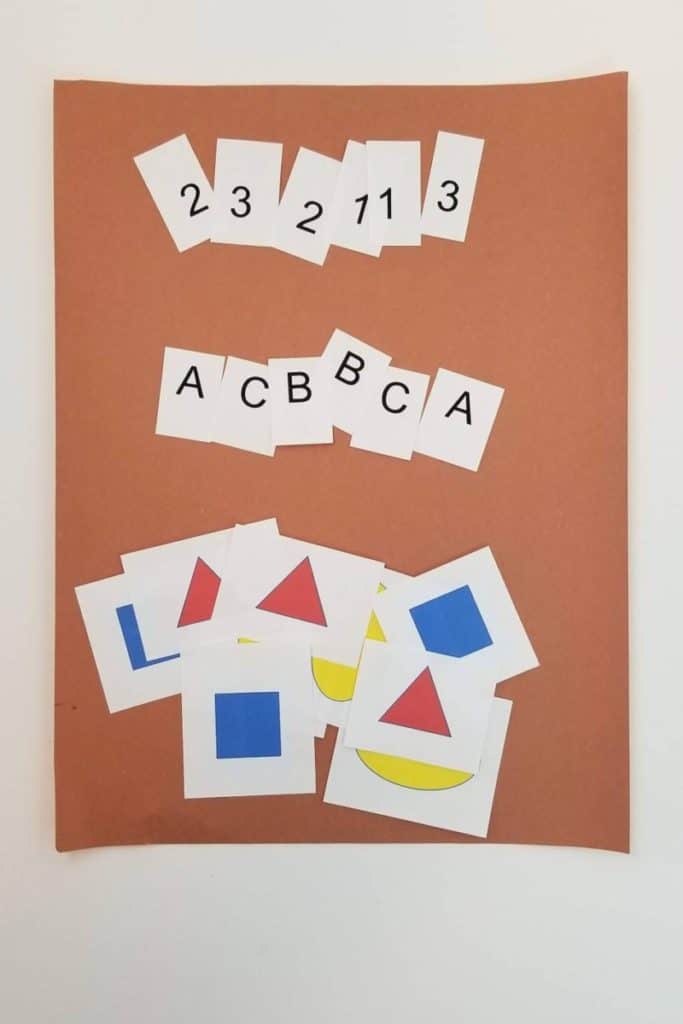The Classifications of Living things are made up of 7 areas. Sometimes it is hard to understand what they all are. Here are two activities that help explain classifications: there is one for younger kids and one for older kids.
For Littles:
Materials:
- Printable Classification Sheet (in printable section of my guide available here) or you can draw letters, numbers and shapes on paper.
- Scissors
Classification Sorting
- Print out Classification sheet.
- Have child cut out all the pieces (if they are needing scissor practice).
- Have child classify the different items and sort into different piles: letters, numbers, shapes, etc. Explain that this is what we are doing when we classify living things, except we use different piles (Domain, Kingdom etc).
- You can also use this as review of shapes, colors, letters, and numbers.


For Older Students:
Materials:
- Classifications Dolphin printable (in printable section of my guide available here) or draw your own.
- Markers
Animal Classification Diagram
- Print off classification printable of a dolphin.
- Have child color the picture.
- Talk about the classifications of living things and label the boxes with the category of classification (kingdom, domain, etc). Then fill in the specific classification for the dolphin (see answer guide below).
- Atlantic Bottlenose Dolphin
- Domain: Eukarya
- Kingdom: Animalia
- Phylum: Chordata
- Class: Mammalia
- Order: Artiodactyla
- Family: Delphinidea
- Genus: Tursiops
- Species: T. trucatus
- Atlantic Bottlenose Dolphin

If you liked this craft, check out my whole guide for weeks 1-24 here.
Fast Facts
- Domain is the largest classification of living things. It includes Bacteria, Archaea, and Eukarya.
- Bacteria are single-celled organisms.
- Archaea are unicellular and like extreme conditions, like living in hot springs.
- Eukarya can be single or multi-cellular. They have a nucleus and organelles. This contains animals, protists, plants, and fungi.
- Kingdom has these groups (we are memorizing them for week 2 science): protista, fungi, plantae, animalia, archaea, and bacteria.
- Phylum is subject to change but generally contains 35 animal phyla, 14 plant phyla, and 8 fungi phyla.
- Class: There are more than 100 different classes of animals.
- Order and Family: These just classify things more specifically.
- Genus and Species: These make up the scientific name of the organism. It is in Latin and in italics. The Species name always has the first letter of the Genus name (or the whole name) and then the Species name. Example: C. Lupus or Canis Lupus (grey wolf).
